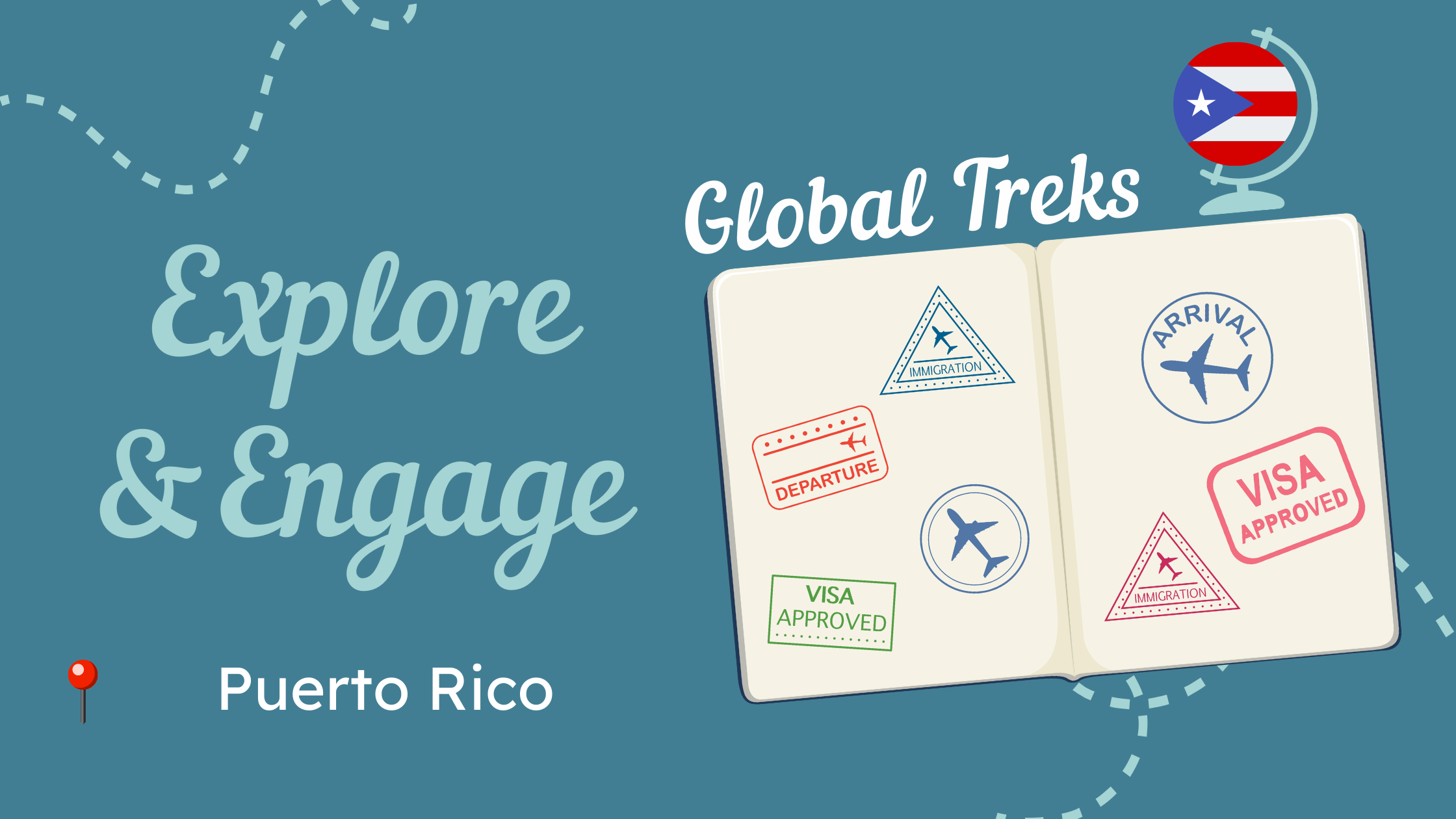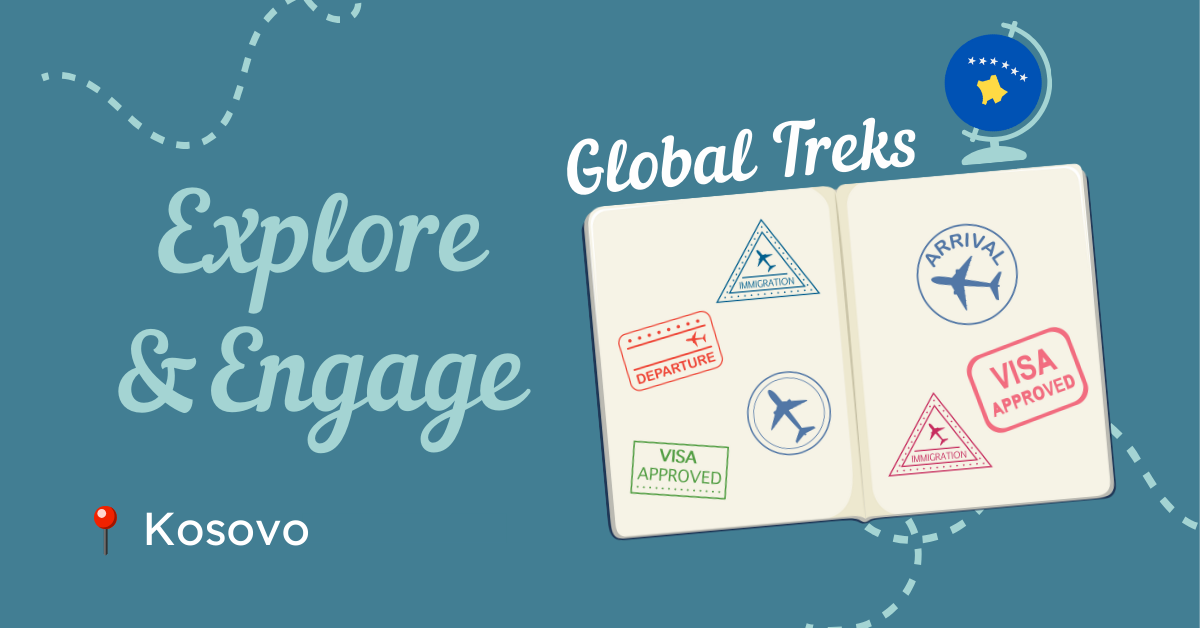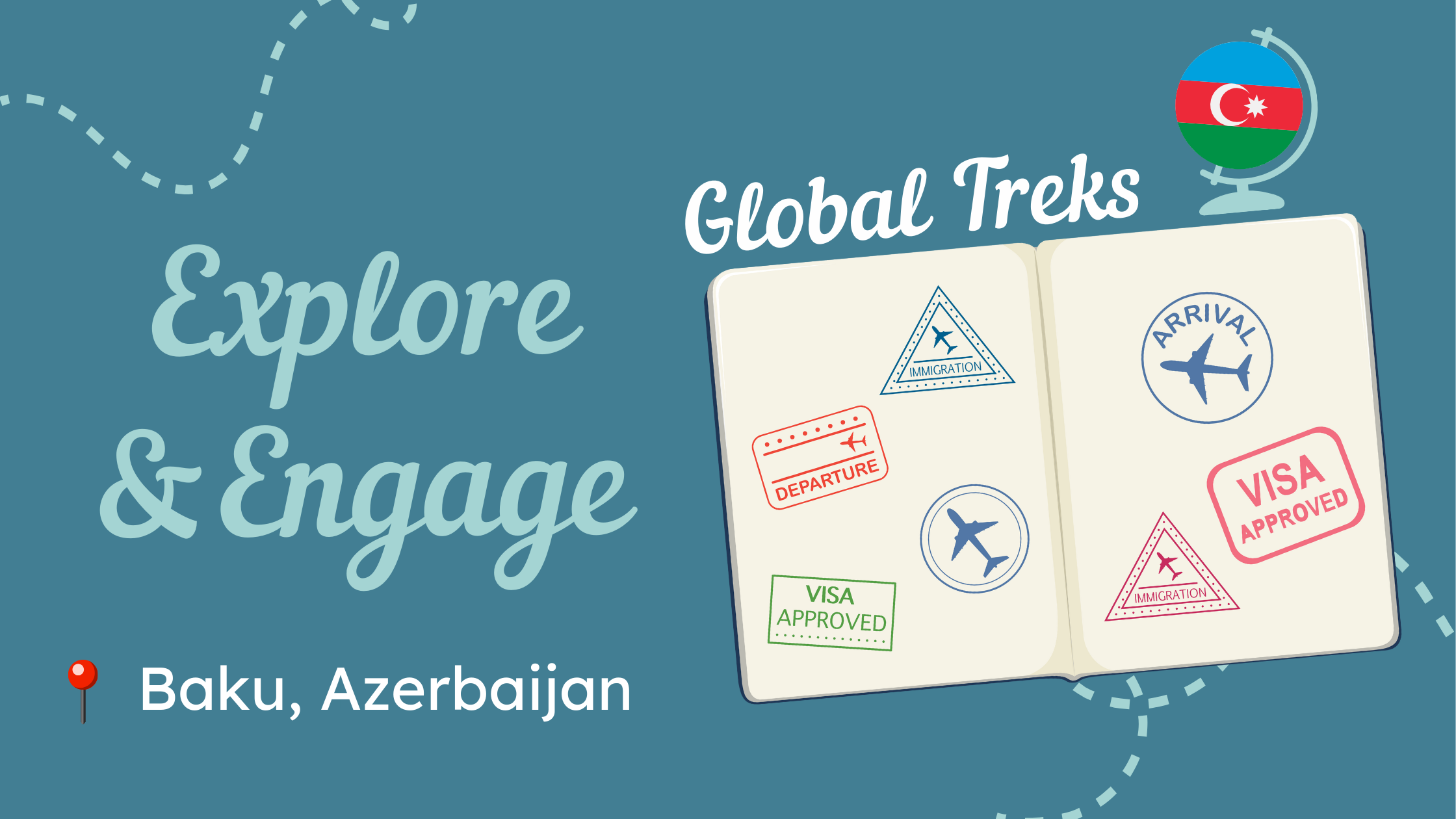GTI Associate Director Ilin Misaras recently had the chance to explore the natural beauty and wonderful hospitality that Puerto Rico has to offer. Travel to the Caribbean island is passport-free for U.S. citizens because it’s still considered an unincorporated U.S. territory. Spanish and English are both official languages but be prepared to calculate your driving and travel distances in kilometers instead of miles!
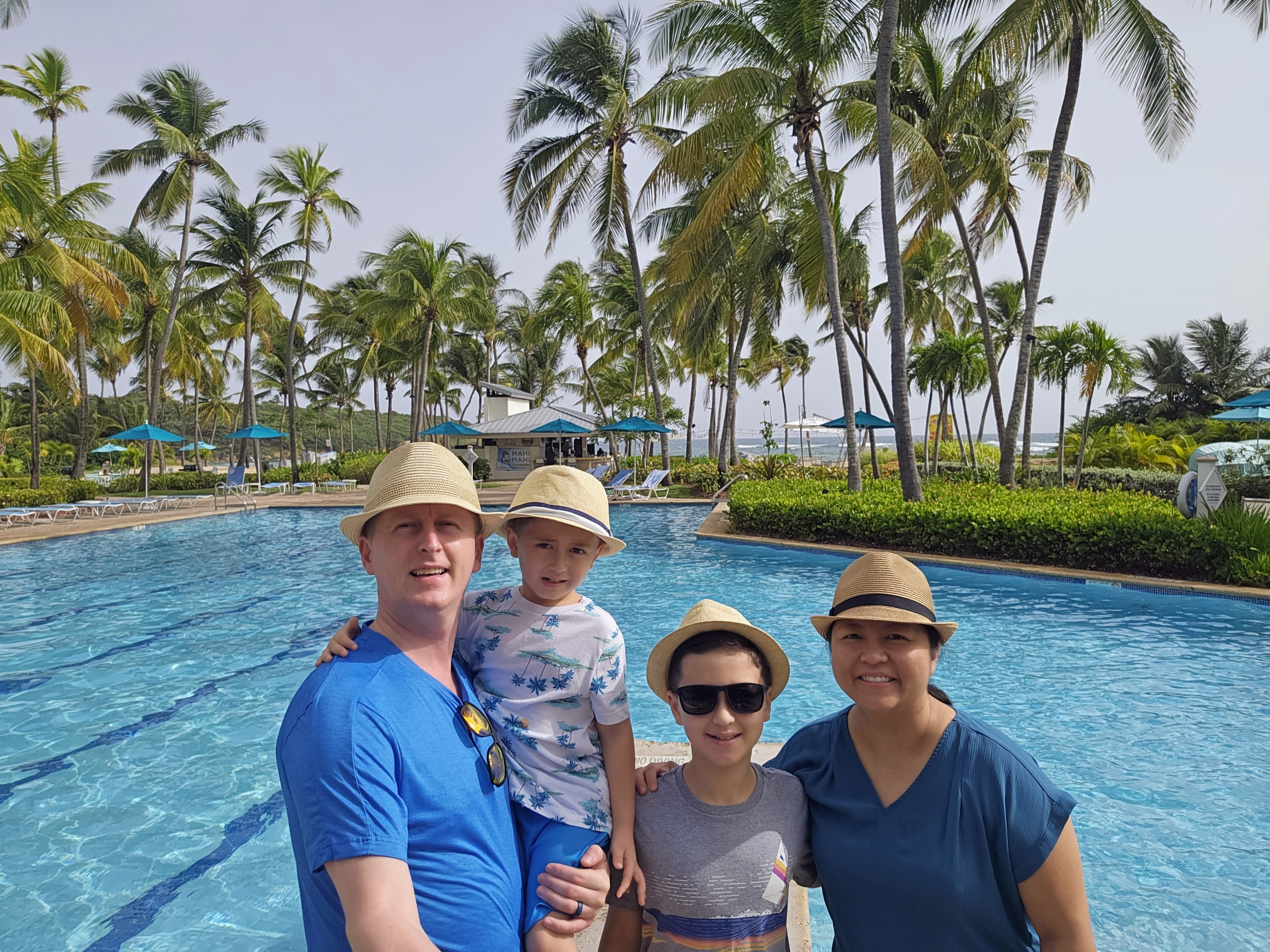
Trip Highlights
Puerto Rico is located in-between the Atlantic Ocean and the Caribbean Sea and enjoys a balmy tropical climate year-round. Visiting in July meant making sure we were prepared for the heat and humidity. Traveling to and from the island was easier to prepare for since we don’t have to worry about currency exchange or setting up international coverage for our cell phones. Spanish is also a much more familiar language compared to Icelandic, so we were able to communicate much more quickly and easily.
From the mist-covered peaks of El Yunque National Forest, which is home to the rare Puerto Rican parrot, to the shimmering bioluminescent bays that light up the night, the island is a lush, vibrant paradise brimming with natural beauty. In our short visit, we took the opportunity to hike through dense jungles as well as snorkel in crystal-clear aquamarine waters along the beaches. Puerto Rico has seen record-breaking tourism growth in recent years, and it’s easy to see why.

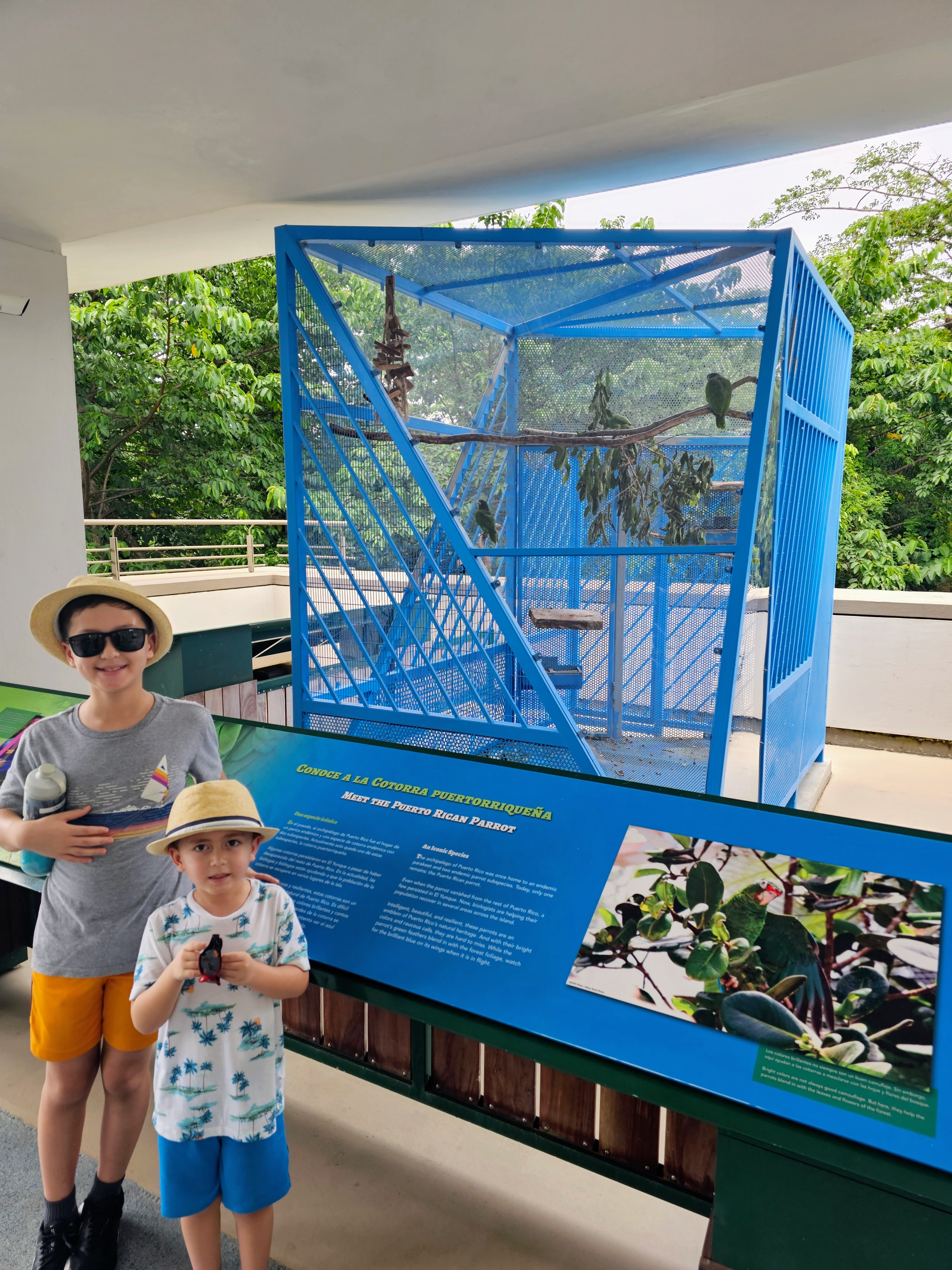

Cultural Considerations
Puerto Rico’s complex history as both a Spanish colony and a U.S. territory continues to influence the modern day era. The island’s rich cultural identity, rooted in a mix of Indigenous, African, and European traditions, is why the people call themselves “Boricua” – a unique name that originates from the Taíno name for the island, Borikén (or Boriquén), which means “great land of the valiant and noble.” The Taíno were the Indigenous people who inhabited Puerto Rico before the arrival of Spanish colonizers.
Language
We tried to engage in Spanish first since it’s the dominant language, but quickly realized how rusty our language skills were – and the locals were very nice and quick to switch to English to spare us. Having a basic knowledge of the language was also important when driving since the traffic signs are in Spanish, and you don’t want to miss your “salida” (exit) or end up on a “peaje” (toll) road accidentally. It was interesting to note that gas was sold in liters and distances were measured in kilometers, but the speed was posted in miles per hour. So the ability to do some quick math in your head also helps.
Fluid Time Orientation
One of the main cultural differences we noticed was a more fluid time orientation compared to what we’re used to on the mainland. This was most apparent to us during meal times. There was one restaurant in Old San Juan where we stopped for lunch, which took more than 2.5 hours when we were only expecting to spend a little more than an hour there. We were seated and ordered our food pretty quickly, but it took close to an hour to get our main dishes. The server later explained that one of the cooks had called in sick, so there was only one person who was working to make meals for two different restaurants and so all of the orders were taking a long time at both locations. We had ordered appetizers, which helped tide us over until the main entrees arrived, and we also were spending a leisurely day in the city without any specific time line in mind. This experience was a good reminder that the concept of time and what is considered “late” or “taking a long time” is really subjective.
Individuals in Puerto Rico recognize the importance of time but often do not feel the need to control or manage it precisely. They do not believe that it can be tightly defined or tracked due to the possibility of unforeseen circumstances arising. Visitors often call this sentiment “island time.”
– Berlitz Cultural Navigator
The previous situation was a more pronounced example of the fluid vs. fixed time orientation since meals throughout our visit would always feel like it took longer than usual – even those at fast food chains. But having encountered more fluid time orientations in other countries around the world, we anticipated this possible cultural gap and would plan our meal times accordingly or bring snacks with us everywhere.
Biodiversity
El Yunque National Forest is the only tropical rainforest in the U.S. National Forest System, and it’s a short 45-minute drive from San Juan. We started our exploration with a stop at the visitor’s center to learn more about the types of plants, including giant ferns and bamboo, that thrive there. One of the tour guides mentioned that the vegetation would be what you find in Jurassic Park (if it existed). The lush environment also supports a variety of animals, including the endangered green Puerto Rican parrot, which is a rare species that’s found only on the island. We also learned about the coquí frogs who have a distinctive call that can be heard throughout the island at night.
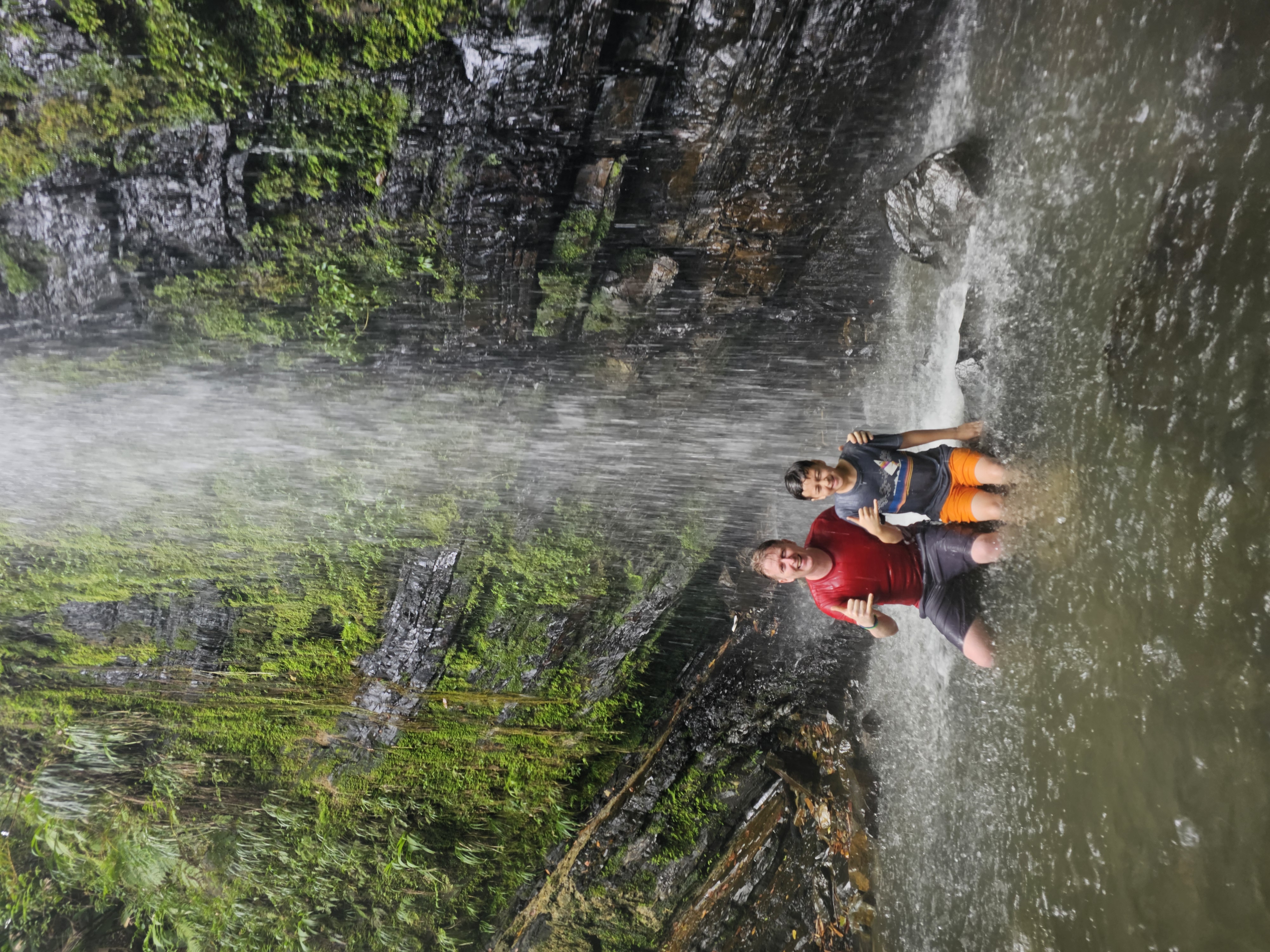
In addition to the beautiful scenery you see while driving through the forest park on the narrow and winding roads, there are many opportunities to hike along trails with varying levels of difficulty. We didn’t do too much hiking with two younger kids in tow, but it was nice to cool off under the Juan Diego waterfalls where the water was cold and refreshing. At that altitude, the air was also much cooler and drier, so we made sure to bring our beach towels and an extra change of clothes.
I think we could have spent a full day or more exploring El Yunque since we only made it to some of the points of interest before turning back. There’s definitely a lot more to see and do, and I think we will be back as the kids get older to try some of the longer and more challenging hikes. The travel guides suggest getting to the park early to avoid the traffic and crowds. Most of the locations have limited parking along the side of the road or a small parking lot nearby. There are signs that clearly mark where parking is not allowed, and we saw the police issuing tickets to those who were not parked properly.
Bioluminescence
By far, one of the coolest things we did was one of the kayaking tours of the bioluminescent bays. There are three in Puerto Rico, and we visited the Laguna Grande in Fajardo. There are several tour operators who are licensed to take groups into the bay and they typically offer 2 tours: one that starts around sunset and a later one. Since we had younger children and knew we still had an hour drive back to our hotel, we opted for the earlier tour. This did give us a wonderful kayaking experience through the mangrove forest before the sun set, and it’s much easier to paddle through the narrow channel when you can see where you are going. Even though we did the earlier tour, the bay was very dark by the time we paddled our way through the channel into the bay. Also, we had great luck in terms of lots of cloud cover that night, so we didn’t have to worry about the moonlight.
Our boys had fun using their kayak paddles to splash the water in a way that made them look like light sabers, and I enjoyed splashing the water into the kayak to watch it sparkle. The glow in the water is caused by micro-organisms (dinoflagellates) that light up when they’re agitated. Since they are living creatures, it was important to use eco-friendly insect repellent, which the tour company provided.
Watch the water in the bioluminescent bay light up:
Recommendations
We stayed mostly on the northeastern part of the island during our trip and rented a car since we knew we would be traveling to El Yunque and Fajardo. The wonderful part about being on a island is that there are beaches scattered throughout. Some are more well-known and have parking areas with bathrooms, showers, and changing areas like the Vega Baja Beach where parking was only $5/car and there were food trucks nearby if you didn’t pack a lunch. There were also limestone rocks that act as a buffer from the huge waves and create pools and coves where you can snorkel/swim over sea urchins and all kinds of marine life. But we also enjoyed the quieter beaches like Poza de las Mujeres Beach where you find free parking along the street, bring your own food and trash bags, and you tip the unofficial parking attendant who is kind of watching over the street.
We also enjoyed exploring Old San Juan and flew kites along the esplanade of “El Morro,” the fortress that fended off numerous attacks by sea and land over the centuries and is now a UNESCO World Heritage Site. The cobblestone streets, the bright pastel-colored buildings, the plazas where you can sit and relax all remind you why Old San Juan has been described as “a romantic city with Old World charm, warmed with tropical sunshine.” Walking around in the heat and humidity of late July definitely made the piraguas taste much sweeter, and we would recommend bringing personal fans and stopping to cool off in the shade often.
- Categories:
